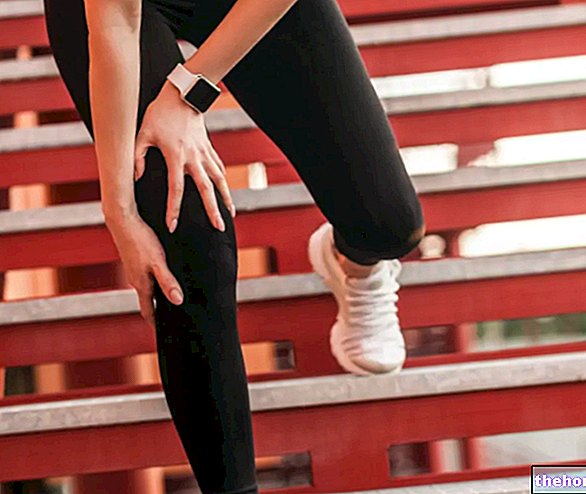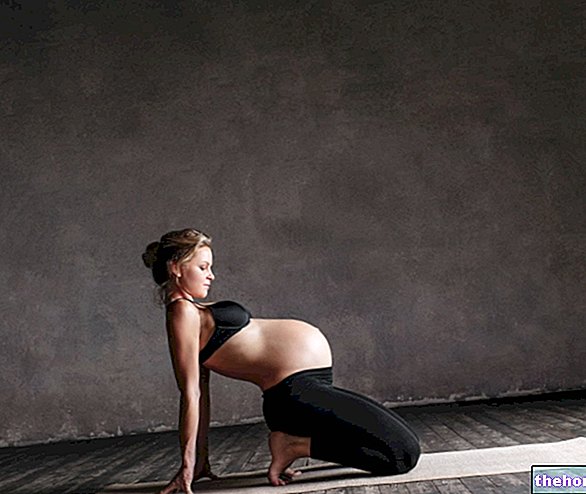Diagnosis of injuries
The most commonly used instrumental investigation to diagnose a rotator cuff tear is magnetic resonance imaging. It is able to visualize the exact location and extent of the lesion with extreme precision. X-rays are not able to clearly show the state of health of the tendons but can highlight the consequences (narrowing of the space between tendons and acromion, acromial spurs, arthrosis, osteophytes) especially if performed by injecting a contrast medium into the shoulder. Ultrasound is also able to identify with a certain quality of tendon lesions despite not being able to diagnose any bone pathologies. The use of these tests generally occurs after a major trauma or when after a period of adequate rest the condition of the shoulder does not improve.
In any case, it is possible to diagnose with certainty the true cause of shoulder problems only by integrating the results of several instrumental investigations (for example resonance + radiography) with those of the medical examination.
Between 60 ° and 120 ° the space between the head of the humerus and the acromion of the scapula is reduced in which the tendon of the supraspinatus muscle runs. For this reason, frequent movements in this joint range can cause inflammation or degeneration of the supraspinatus tendon in the long run. It is no coincidence that the lesion usually affects the tendon in a very specific area that is about one centimeter away from its insertion on the humerus (trochitis). This area is quite rich in capillaries which serve to supply the tendon with oxygen and energy substrates.

It is no coincidence that in sport such injuries occur more frequently in disciplines that involve repetitive movements that require abduction associated with external rotation of the arm (baseball, javelin throw, tennis, some swimming specialties). The repetitive use of the tendons can in fact lead to their significant thickening, further reducing the subacromial space. In young people a particularly violent movement can damage one or more tendons already compromised by excessive use.
In sedentary people, some postural defects associated with work activities that impose bad positions, can cause an increase in dorsal kyphosis (forward curvature of the thoracic tract of the spine) in the long run. This postural attitude, commonly called hump, projects the shoulders forward, subjecting the rotator cuff to excessive tension. It is no coincidence that shoulder pain is the second most frequent cause of absenteeism from work after low back pain.
The weakening of the tendon structures that make up the cuff increases, in the long run, the instability of the entire shoulder, favoring the upward ascent of the humeral head. This rise further decreases the space available to the tendons, causing pain. If the condition becomes chronic, we speak of impingement syndrome precisely to indicate the "entrapment" of soft tissues in the subacromial space. In the elderly the impingement syndrome is quite frequent and caused by the loss of elasticity of the tendons associated with their partial calcification and the presence of small bone spurs in the subacromial surface.
A lesion of the tendons of one or more muscles that make up the rotator cuff can also occur due to a trauma (fall on the shoulder) or a sub-acromial bursitis. When a person falls with a bang on the shoulder, the acromion experiences pressure that knocks it against the rotator cuff. If the impact is violent enough, the bone can injure the tendons. The extent of the trauma, the shape of the lower surface of the "acromion (more or less sharp; uncinate acromion), but also the flexibility of the muscles and tendons that make up the rotator cuff, will affect the extent of the lesion (complete or partial).
Even a fall in support on an extrarotated arm (when you fall you tend to rotate the arm outwards in order to create a solid point of support to protect the rest of the body) or on an intrarotated and adducted arm can luxate anteriorly or posteriorly the shoulder, damaging the cuff tendons.
Often this injury is associated, as we have seen, with a rupture of the tendon capillaries which, when filled with blood, swell and become painful. After the trauma, the pain can persist for a few months, accentuating or decreasing according to the type and intensity of the physical activity practiced.
Rotator cuff injuries due to overuse are more common in the elderly or in certain sports athletes (see above). In the elderly, with disuse, the tendons lose elasticity becoming more susceptible to injury during demanding movements (lifting heavy loads, cutting the hedge, whitewashing the ceiling, washing windows, sudden movements, etc.). Often in the elderly there is absence of painful symptoms or this is very mild despite the injury.
Subacromial bursitis is an inflammation of the bursa of the same name and can also be an important cause of shoulder pain. It is essentially a small fluid-filled pouch placed under the acromion of the scapula to prevent rubbing injuries. of the rotator cuff on the bone. When this bag becomes inflamed (due to trauma or excessive use) it compresses the tendon structures included in the subacromial space favoring their degeneration.
Rotator cuff injury is often associated with long head injury of the biceps muscle, active during flexion and abduction of the shoulder.
Symptoms and first aid
SYMPTOMS: In addition to pain, which often worsens during night rest, and strength deficiency during specific movements (see diagnosis), patients often complain of difficulty and pain related to daily movements such as combing the hair, sleeping on the side or "bra lacing.
WHAT TO DO IF YOU FEEL PAIN in the shoulder as a result of a fall or movement: apply ice (2-3 times a day for 20 minutes for the first 2 days), rest the joint and consult a doctor if the pain is particularly pronounced if it significantly restricts movement or if symptoms do not disappear after a few days. After about two or three days, when pain and inflammation subside, hot packs can help improve vascularization by accelerating regeneration tendon.
More articles on "Rotator Cuff Injury: Diagnosis and Symptoms"
- Rotator cuff
- office of rotator rehabilitation
- Rotator cuff: exercises and prevention




























